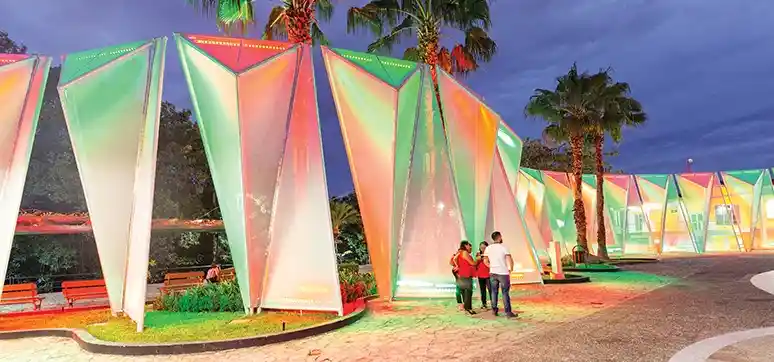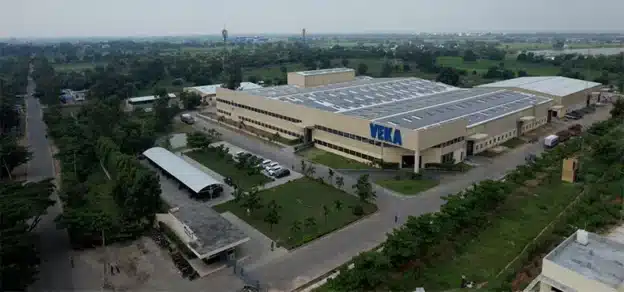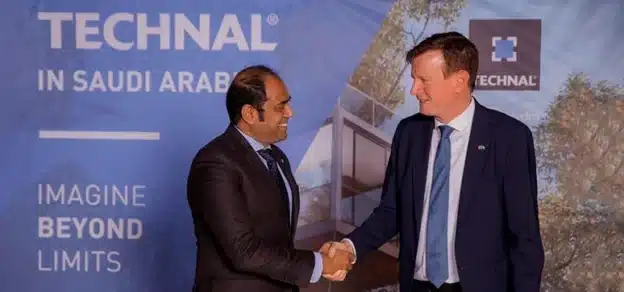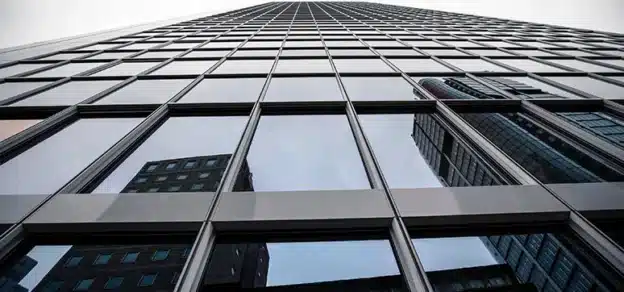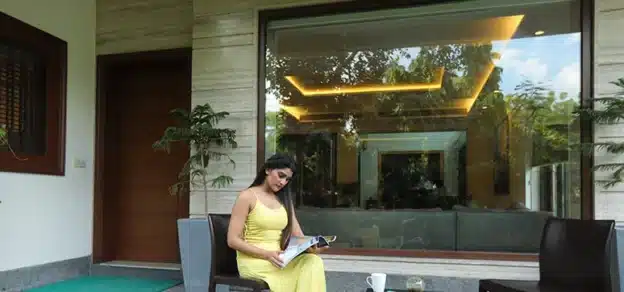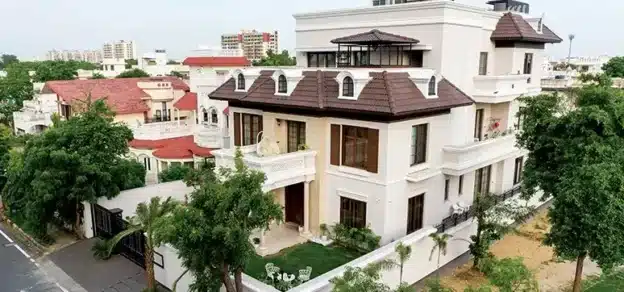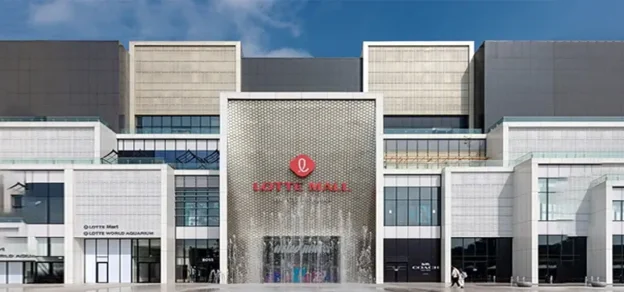Energy performance and energy savings are at the center of the concerns of architects and operators. Buildings-related CO2 emissions have continued to rise by around 1% per year since 2010. Buildings and construction together account for 39% of energy-related carbon dioxide (CO2) emissions. Solar protection devices equipped with membrane screens as a solution for exterior blinds or façade, reduce greenhouse gas emissions by optimising the energy performance of the building and reducing the energy needs for cooling. The façade membranes, used as a second skin, save up to 75% of the energy used for heating and air conditioning, depending on the quality of the glazing and the location of the building. The air gap created between the building and the canvas creates an airflow that contributes to the building’s energy performance.

Façade membranes, used as a solar screen, protect the buildings against the solar gain and helps in reducing energy consumption by blocking up to 100% of solar energy outside. They contribute to the finish and the aesthetics of the building, giving the building a unique identity. Metallic finishes have been developed in the past 5 years to meet the architects and market needs, special varnish for printing are used on the façade as communication support and photocatalytic membrane are used for self-cleaning benefits. Flexible composite membranes are economical and lightweight solutions. Thanks to their flexibility, they allow all types of shapes and aesthetics. Depending on the season, the time of the day or the activity, users can open or close the blind to adapt and optimise the level of daylight in the room and limit the use of artificial light.
Daylight, transparency and glare control contribute to the comfort and the wellbeing of the users. One could improve air quality and the self-cleaning effect with TiO2 membranes specially developed for façade applications. The membranes, with other materials (such as a sound absorber), can reduce city noise. By using façade membranes, overheating can be controlled, which in turn limits heat islands in cities for human well-being.
